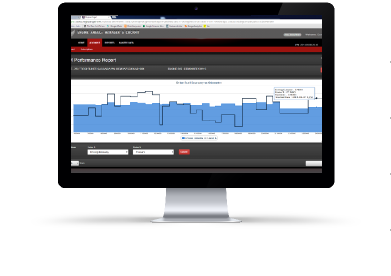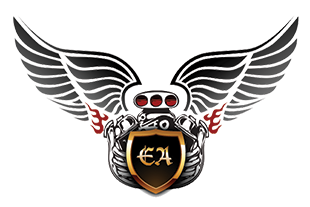

How Does It Work?
- Engine Angel is a database and advanced predictive modeling software operating in the cloud on your data and external data collected and managed by Engine Angel to enhance the context of your data.
- Engine Angel provides automated data transfers and synchronization to keep the information about your fleet up-to-date.
- Currently, the engine integrity is determined by analysis of the engine signature at oil change frequency to provide estimated failure dates.
- The performance of your engine and driver are monitored from the data you extract from the ECM of your engines (Trip data).
The basic concept of the engine assessment of physical integrity requires identifying a 2-, 4-, or -6 stroke engine with n cylinders operating at a constant rpm. The pulses at the exhaust pipe and oil dipstick tube occur at an accurately derivable frequency corresponding to the number of strokes per cycle (360, 720, or 1080°). In addition, if the engine has uncompromised fuel, injectors, valves, head gaskets, pistons, rings, and cylinder walls, there will be pulses at additional higher frequencies at n times that base frequency corresponding to each cylinder’s actions. (This will not be so clear-cut if the engine has frequent misfires.) By analyzing those pulse frequencies in light of the number of strokes per cycle and number of cylinders, abnormalities can be related to engine “components” and assigned scores to reflect how bad the condition is.
From data obtained over time, the engine (and tire, brakes, bearings, batteries, etc.) failures can be related to amount of usage (distance travelled or hours of operation) after a given score is observed. From other data such as the ECM, we also detect “hazard functions” during operation that cause abnormally high stresses on components, decreasing predicted “mean-time-to-failure”. This is a statistical relationship and so can be related to risk of failure at various times or travel distances in the future. These models will be updated based on routine and repair maintenance records to recognize when a failing component has been replaced or corrected.
Without going into detail here, components can fail through various modes: wear (as brake pad thickness), fracture (as with engine block or head), poor alignment or assembly (as with valve lash adjustment), external inappropriate contact (as with sharp objects puncturing a tire), corrosion (as with fuel or oil contaminants) and exposure to extreme weather conditions (excessively cold or hot temperatures). Engine Angel is developing a library of functions to anticipate numerous failure modes using data that you provide to the analysis.
